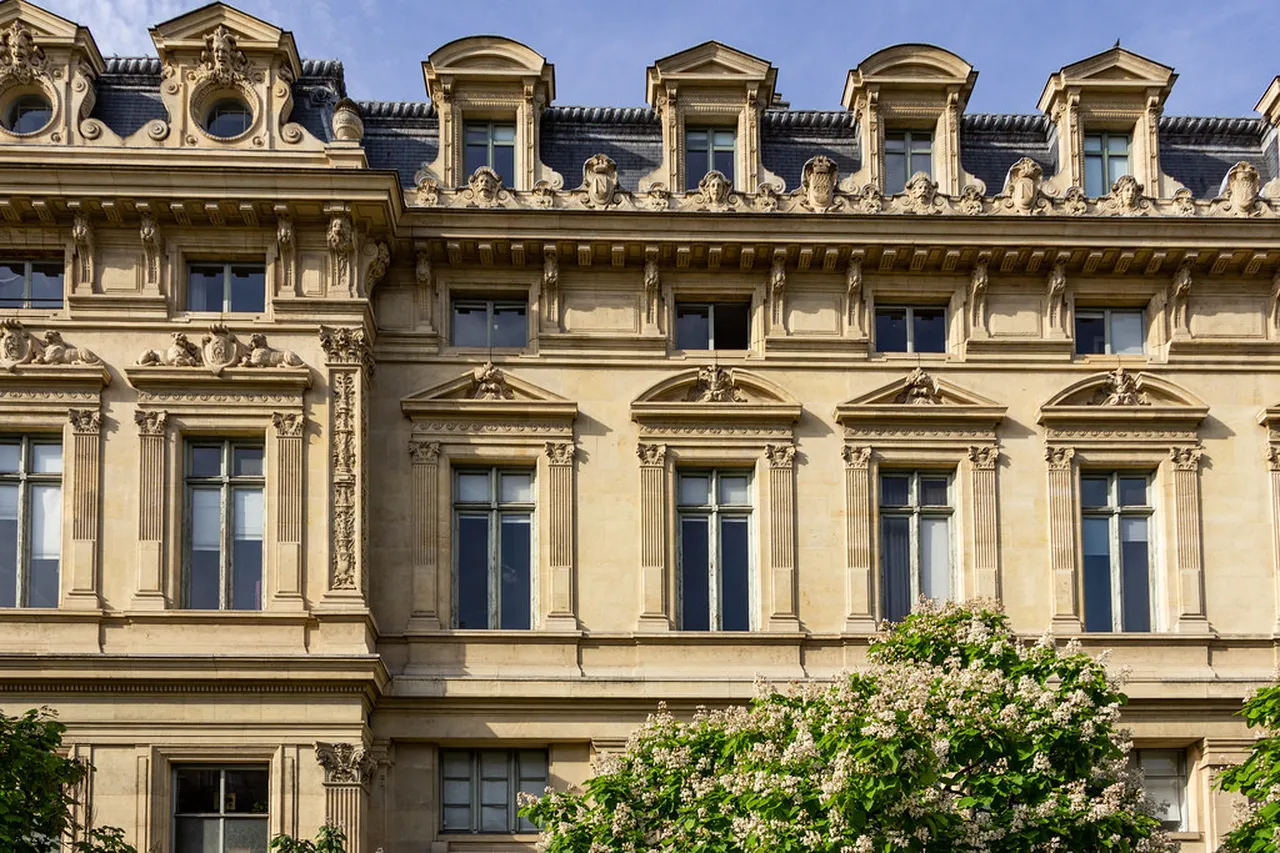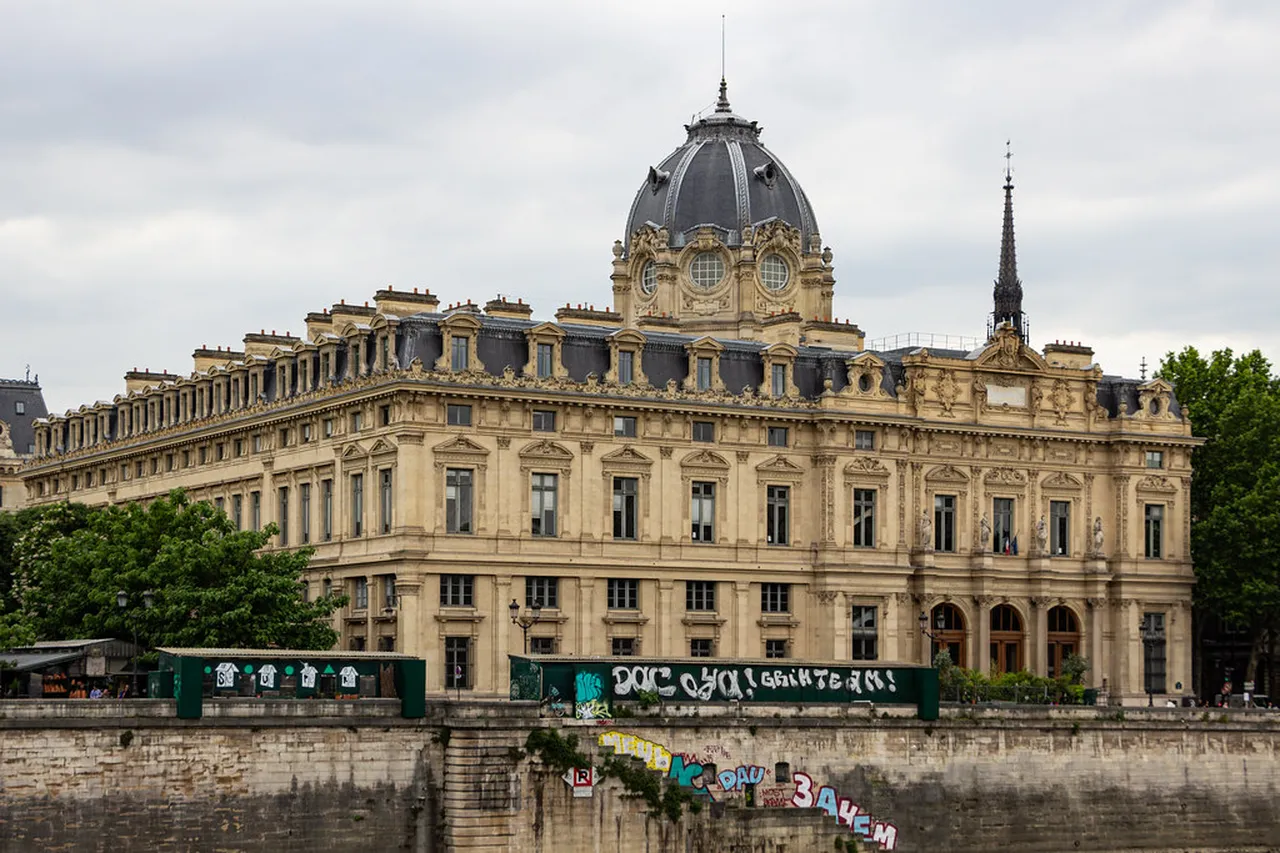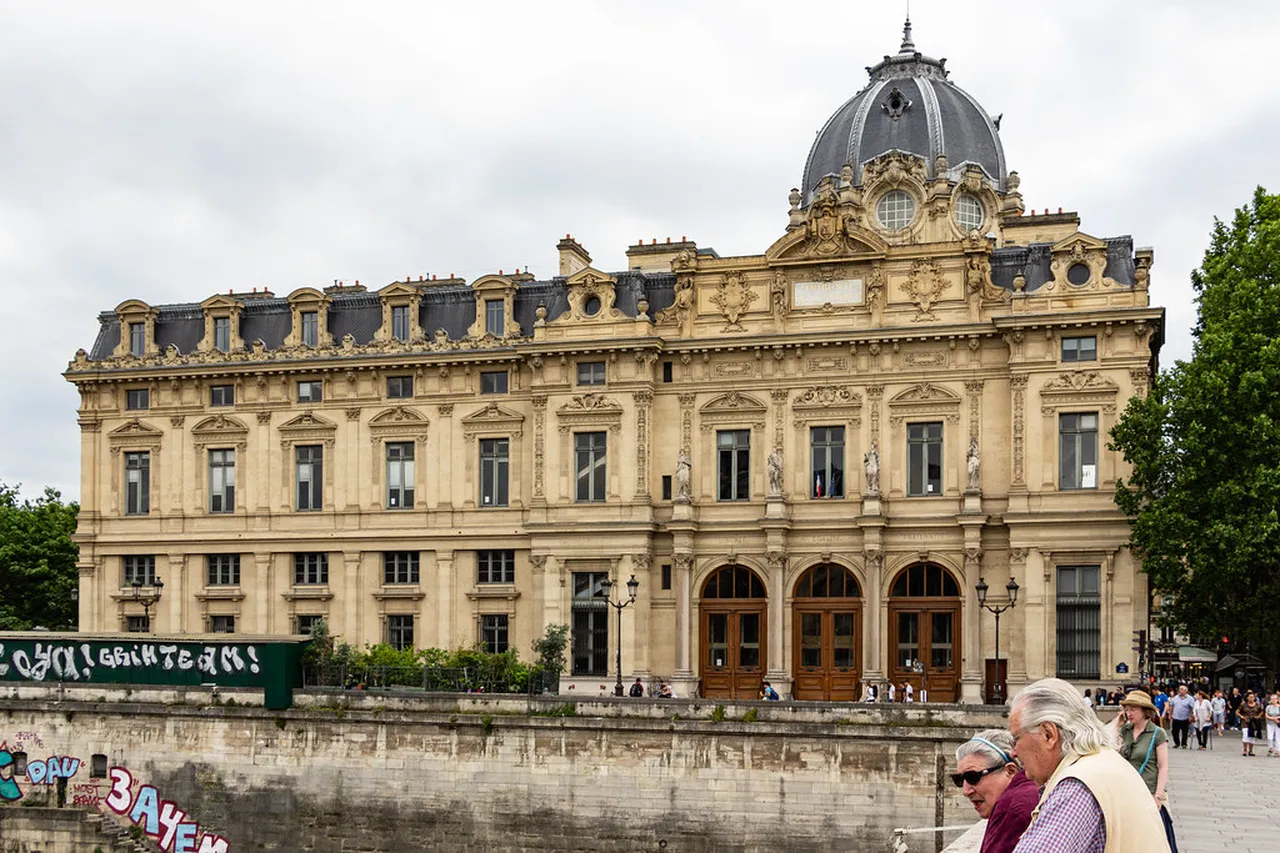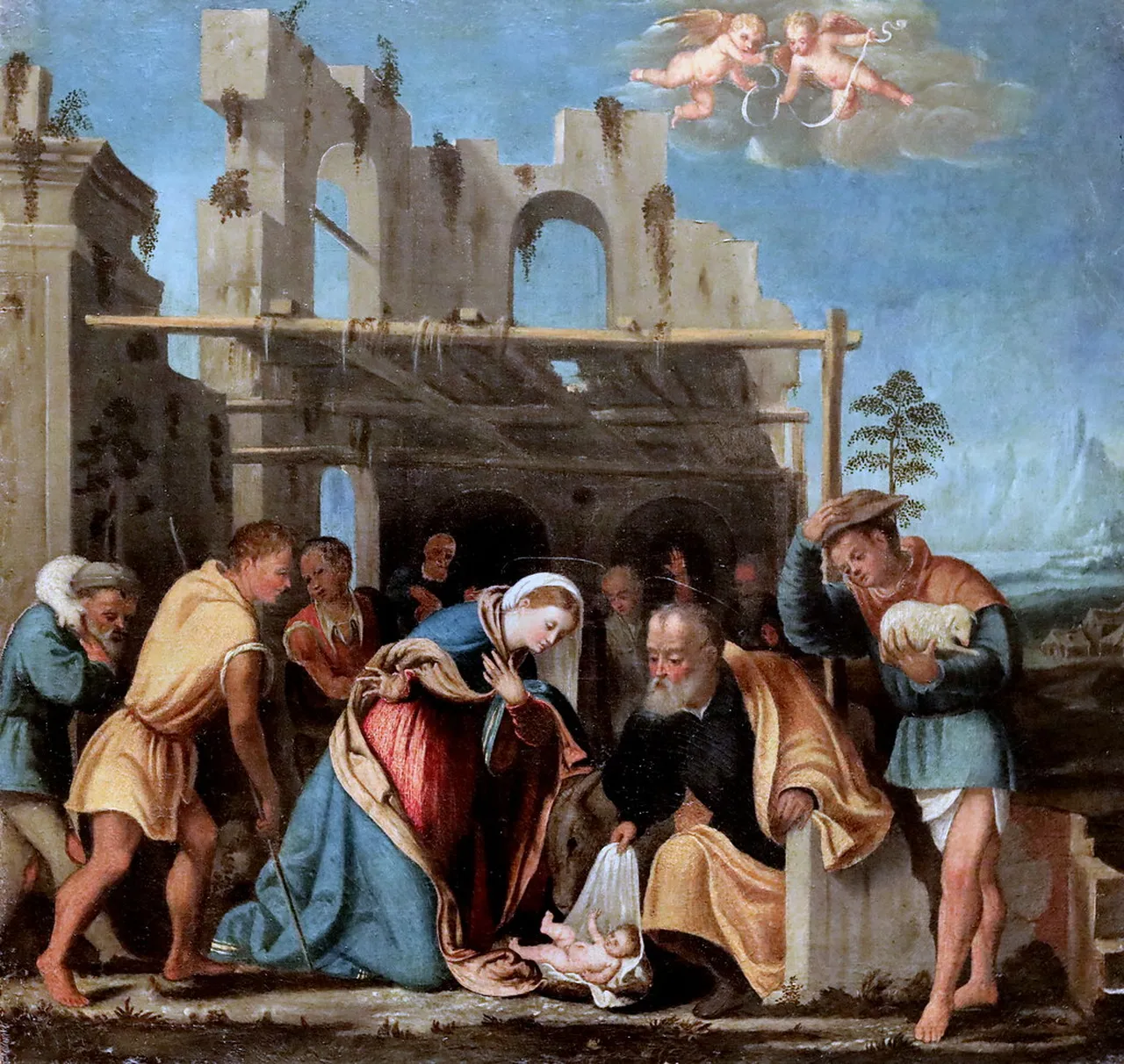
Brescia Landmarks: Discover the Top 10 Historical Sites
Table of Contents
Brescia Landmarks
Brescia is a stunning Italian city known for its rich history and breathtaking landmarks. Located in Northern Italy, this charming destination blends impressive architecture, ancient ruins, and a vibrant local culture that has evolved over centuries. In this article, we will delve into the top 10 Brescia landmarks that every traveler should visit. From the majestic castle perched on the hill to the stunning Roman ruins nestled in the heart of the city, Brescia offers unique experiences for history enthusiasts and architectural aficionados alike. Prepare to explore these extraordinary sites that showcase the beauty and heritage of Brescia.
Want to find the best travel deals for this destination? adventure planner tool with our adventure planning specialist!
1. Brescia Castle: A Fortress with a View

Brescia Castle, known as Castello di Brescia, offers one of the most stunning panoramic views of the city. Perched atop a hill, this impressive fortress provides visitors with an insight into the city’s historical significance. As you climb through its ancient walls, you can appreciate the blend of medieval architecture and scenic landscapes that surround you.
This castle not only serves as a tourist attraction but also as a heritage site, reflecting Brescia’s rich history. Moreover, the castle houses several museums, allowing visitors to explore the military history and art of the region. If you plan your visit during sunset, you will be treated to a breathtaking view that captures the essence of Brescia.
2. The Roman Forum: A Glimpse into Ancient Life

The Roman Forum is another remarkable landmark in Brescia, showcasing the essence of ancient Roman life. Here, visitors can walk on the same stones that Roman citizens once trod and explore the remains of ancient buildings. Notably, the forum was the focal point of public life, serving as a marketplace and a gathering place for citizens.
Transitioning from the hustle and bustle of modern life to the serene ruins is mesmerizing. Additionally, nestled within the forum are other significant structures, including temples and basilicas, which give an enriched context to Brescia’s Roman heritage. Overall, the Roman Forum is a must-visit for history enthusiasts eager to delve into the past.
3. Duomo Vecchio: The Old Cathedral’s Unique Architecture

Duomo Vecchio, or the Old Cathedral of Brescia, is a stunning architectural marvel that reflects a blend of styles from Romanesque to Gothic. Despite its age, the cathedral’s distinctive round shape and beautiful frescoes continue to attract visitors. As you step inside, the intricate details and historical significance of the cathedral become apparent.
Moreover, the Duomo Vecchio is a serene spot for reflection, set against a backdrop of awe-inspiring art. Don’t forget to explore the crypt, which houses the remains of the city’s patron saints. Indeed, visiting Duomo Vecchio will deepen your appreciation for Brescia’s religious and cultural heritage.
4. Santa Giulia Museum: Where Art Meets History

Santa Giulia Museum stands as a beacon of Brescia’s rich cultural heritage. Housed in a former monastery, this museum is dedicated to showcasing the history and art of the area. As you enter, you will be greeted with a stunning collection that ranges from prehistoric artifacts to Renaissance masterpieces.
One of the Highlights is the Cross of Desiderius, an exquisite example of early medieval craftsmanship. Furthermore, navigating through the museum’s halls, you’ll undoubtedly appreciate how each exhibit tells a story. The museum also hosts temporary exhibitions, which adds to its allure.
Moreover, the museum is architecturally impressive, contrasting beautifully with the ancient structure of the monastery. The admission is relatively affordable, making it an excellent choice for anyone looking to delve into Brescia’s landmarks without breaking the bank.
5. The New Cathedral: A Testament to Time and Faith
Insider Tip: Get the most out of your Brescia visit with guided tours!

The New Cathedral, known as Duomo Nuovo, is an impressive architectural marvel in Brescia. Begun in the 17th century, its magnificent dome dominates the skyline and illustrates the city’s commitment to faith and art. Upon entering, visitors will be struck by the grand altars and beautiful frescoes.
This cathedral represents a seamless blend of Baroque and Renaissance styles, showcasing exquisite details throughout its interior. Notably, the stunning Pietà by Alessandro Algardi is a must-see. Furthermore, the cathedral’s location offers a peaceful retreat from the bustling piazza outside.
As you explore, take a moment to appreciate its significance in Brescia’s history and religious life. The New Cathedral is not just a place of worship; it is a true testament to time and faith, inviting visitors to reflect on their own spiritual journeys.
6. Piazza della Loggia: The Heart of Brescia’s Civic Life
Recommendation: Don't miss out on amazing Brescia tours - book now!
Piazza della Loggia is considered the heart of Brescia’s vibrant civic life. This lively square is surrounded by elegant buildings that represent the architectural styles of different epochs. The Loggia, with its spellbinding porticoes, serves as a perfect backdrop for gatherings and Events.
Moreover, the square is home to a beautiful clock tower, known as the Torre della Loggia. It features a unique astronomical clock that is truly a sight to behold. While strolling around, you will find numerous cafes and shops, making it an ideal spot for a leisurely afternoon.
Transitioning between history and modernity, Piazza della Loggia encapsulates the essence of Brescia. Thus, whether you’re a history buff or a casual traveler, you will find this landmark to be an unmissable highlight during your visit.
7. San Salvatore: A UNESCO World Heritage Site
San Salvatore is not just a church; it stands as a UNESCO World Heritage Site that encapsulates Brescia’s rich history. This stunning structure dates back to the 8th century, showcasing an exquisite blend of Romanesque and Gothic architectural styles.
As you walk through its intricate interiors, you will be greeted by captivating frescoes and historical artifacts. Additionally, the church houses important relics, making it a vital part of religious history in Italy. Many visitors love to take their time to explore the serene environment, which allows for reflection and appreciation of its artistic heritage. Furthermore, the adjoining monastery adds an extra layer of appeal, providing insights into the monastic life of the past.
8. The Capitolium of Brixia: A Roman Marvel
The Capitolium of Brixia is truly a testament to the city’s Roman roots. Built during the 1st century AD, this Roman marvel features magnificent columns and a series of stunning sculptures that pay tribute to ancient gods.
When visiting, one can easily imagine the vibrancy of life during its heyday. Additionally, the site contains impressive remnants of the ancient forum and temples, making it an essential stop for history buffs. Interestingly, the Capitolium serves as a reminder of Brescia’s importance in the Roman Empire. The on-site museum further enhances your visit with informative exhibits showcasing artifacts that have been unearthed over the years.
9. The Church of San Francesco: A Gothic Treasure
The Church of San Francesco is an enchanting example of Gothic architecture in Brescia. Built in the late 13th century, this church is adorned with elaborate sculptures and stunning stained glass windows that tell stories of faith and art.
Visitors are often drawn to its grand facade, which is both inviting and imposing. As you step inside, you’ll be amazed by the intricate details and serene ambiance. Moreover, the adjacent convent adds to the allure, offering a glimpse into the life of the Franciscan monks. It’s a perfect place for quiet contemplation or for reflecting on the rich spiritual heritage of Brescia. Don’t miss the opportunity to appreciate this architectural gem during your journey through the city’s landmarks.
10. The Arch of Carlo Magno: Celebrating Imperial Power
The Arch of Carlo Magno is not just a structure; it is a profound symbol of Brescia’s rich history. Located at the entrance of the city, this monumental arch was erected to commemorate Emperor Charles the Great, also known as Charlemagne. Its impressive architecture reflects the grandeur of the Carolingian Empire, making it a must-visit landmark.
As you approach the arch, you will notice its intricate reliefs and sculptures that depict various historical scenes. These artistic details provide insight into the artistic innovations of the era. Moreover, the arch serves as a reminder of Brescia’s significance during the Middle Ages, emphasizing its role as a hub of power and culture.
Visitors often find themselves enchanted by the arch’s majestic presence. To enhance your experience, consider visiting during sunset, when the golden light casts a stunning glow on the stone, creating a picture-perfect scene. In conclusion, the Arch of Carlo Magno stands as a testament to Brescia’s enduring legacy, inviting travelers to explore the layers of history embedded within its walls.
The extraordinary Brescia landmarks reflect the city’s rich heritage and architectural grandeur. From the iconic Brescia Castle to the ornate Duomo Vecchio, these sites offer a captivating journey through history and culture. Whether you’re taken by the ancient Roman ruins or the serene beauty of the local churches, Brescia beckons travelers to explore its historic treasures. Which Brescia landmark excites you the most? Share your experiences or ask questions in the comments below, and let’s uncover the gems of Brescia together.